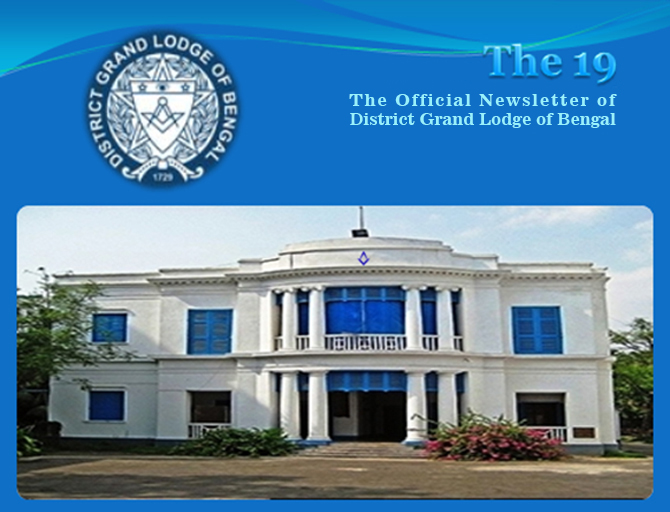
VOL - I I
JANUARY 2022
ISSUE - 08
FROM THE EDITOR’S DESK
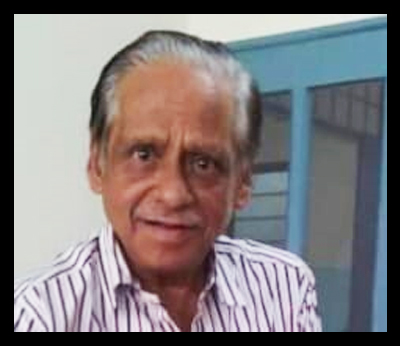
Bro Dipak Dutt
At the outset, the Editor apologises genuflected for the delay in bringing out this issue. Excuses, more often than not diaphanous, are looked askance at for their visible lack of credibility, and are destined to be binned with thinly veiled contempt. One desists from vindicating any.
So wonderful it would have been to start this edition with greetings, if belated, for the New Year. Providence, instead, has decreed that it be a mortuary tribute. A doctorate in mathematics, his erudition matched his gentility and humility. Dedicating himself to, perhaps, the noblest of vocations, he had scores of Masons who prided themselves in having been his pupils. Consigning such and countless other Masons to deep sorrow, Bro Dipak Dutt passed away, after a protracted illness, on 12th January, 2022. A more apt instance of the Masonic creed to “live respected and die regretted” is difficult to find. Initiated in The Federation Lodge way back in 1983, this gentle soul served the Lodge with distinction for four long decades. While the Lodge reciprocated with an honorary membership, Bro Dutt was always there with a helping hand, rendering valuable advice, mentoring and encouraging the new Initiates, even from his sickbed.
Clearly not content with so much blood already on her hands, courtesy what Wuhan chose to offer her on a platter full of spiked balls two years ago, two consecutive anni horribiles, Atropos decided to strike the District. All in a matter of ten days. R Wor the District Grand Master lost his eldest brother, who had been a father-figure to the extended family; Calcutta Lodge lost Bro Deepak Kumar Khaitan; and Bro Prakash Chandra Agarwal,of Lodge Harmony of Kanpur, bid farewell to his wife on the 19th. The 19 prays for everlasting peace to the departed souls and extends heartfelt condolences to the bereaved families.
Editor
294TH FOUNDATION DAY
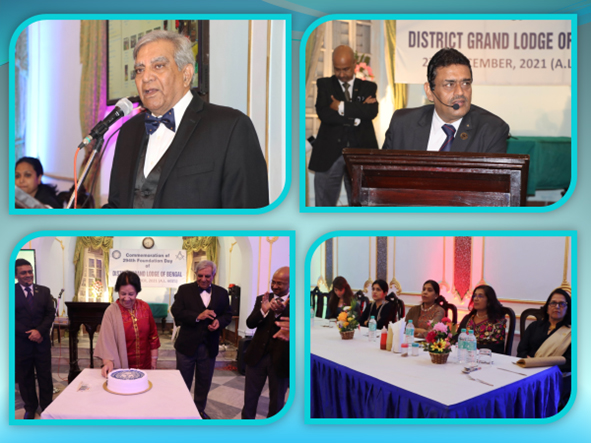
A baubled, tinselled, lit-up Christmas tree right at the centre of the foyer signalled the Noel flavour. Two rows of fairy lights lining the length of the isthmus from Park Street to the tandem sprawl welcomed visitors and brethren . It was in this spirit that the 294th Foundation Day of the District Grand Lodge of Bengal was commemorated. Two days after Christmas. Conceived for the first time in the history of the District, a brainchild of the District Grand Secretary, the commemoration was a blend of the sedate and the cheerful. The solemn ambiance – strange are the ways of the language, a vowel transforms the pronunciation from English to Gallic liaison — in the Temple diffracted into a colourful Ladies’ Night at the Northampton Hall.
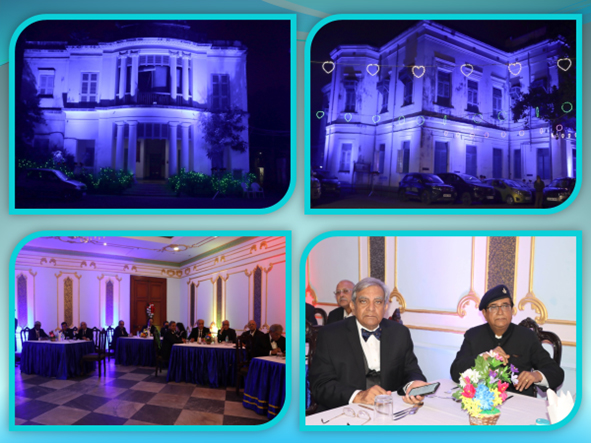
A prayer, a rededication to the Masonic path and a short speech by the District Grand Master, RW Bro Thapar, marked the ceremony in the Temple. Downstairs, the ladies exuded elegance and soignée, the frou-frou of the dresses audible only to those endowed with the most sensitive auricular faculties. The men, in their regulation dark suits, looked suave, some distinctly debonair in their dickies, the more sartorially informed debating the transcendence of the self-tied, if imperfect, over the trim pre-tied. The quiz on Masonic trivia, in relation to the country, and Bengal in particular, conducted with elan by Bro G N Singh, set the tone of the evening. The Toastmaster, Bro Abhiroop Aengupta, had a busy time; from the loyal to that to the ladies, the salutations appeared inexhaustible, especially to those afflicted with the painful inflammation commonly associated with housemaids’ knees. The day, from this year, would constitute an annual feature in the Bengal Masonic calendar, averred Bro Thapar at the rededication ceremony. So mote it be.
Among the senior-most Masons, and the District Secretary, in three spells, for over a decade, Bro Sudip Datta conceded that it had never occurred to him, or to his illustrious predecessors, to commemorate this momentous day, and commended Bro Singh for his initiative and the hard work he had invested to make the event a success that verily resounded through the Hall. It was in the fitness of things that the Regional Grand Lodge of Eastern India was invited to participate in the celebrations, which they reciprocated with enthusiasm: it was as late as 1961 that the Indian Constitution had diverged from the parent English Constitution.
No Masonic activity is complete without benevolence. And Bro Singh ensured that this would not be an exception. Inmates of the home for the aged run by the Sisters of the Poor, were given lunch on the day which derived its name from the custom of presenting men engaged in divers trades a Christmas box. The home was also presented with a grinder for its kitchen. The following day nearly five hundred underprivileged people of the neighbourhood were provided food.
A more detailed history of the foundation of the District is given below by GN. Rich in illustrations and anecdotal content, the article forms an interesting read.
FREEMASONRY IN INDIA
BY W BRO G. N. SINGH, DISTRICT GRAND SECRETARY
Freemasonry in India traces its roots back to 1727; India then was under many provincial rulers and a significant portion of the country was being ruled by the East India Company. In the year 1717 (June 24th) the Grand Lodge of England was formalised and a Grand Master was elected. A constitution to oversee the functioning was formalized and was unanimously adopted by all the lodges.
Within 10 years of formalizing the organization in England, permission for a Provincial Grand Lodge in Calcutta was approved. A Grand Master was also elected to oversee the expansion of the fraternity in the subcontinent.
A petition was presented on December 28, 1728 which read thus:
Deputation” from the Grand Master: “to Empower and Authorize our well-beloved Brother (George) Pomfret…. that he does, in our place and stead, constitute a regular Lodge, in due form at Fort William in Bengal in the East Indies”
Signed and sealed “the 6th day of February 1728/9”
FIRST LODGE IN INDIA
Lodge number 72 was located at Fort William, Calcutta and was the first lodge in India. The reason for having this at Fort William was very logical since almost all the senior officers of East India Company were located there, thus getting the cream of the society. Captain Ralph Farwinter was appointed “Provisional Grand Master for East India in Bengal “.
This was followed by the Provincial Grand Lodge of Madras (Chennai), which was formed in 1752. The Provincial Grand Lodge of Bombay (Mumbai) was created six years later in the year 1758.
It did not take long for the Masonry brotherhood to induct Indians and the Nawab of the Carnatic, Ghulam Husain Ali Khan, was the first Muslim Indian Mason in 1775. It however took time for the first Hindu to join the brotherhood as the concept of many gods in Hinduism was not accepted at that time. The council argued that a person needs to believe in God that may be of any religion but in the case of Hinduism it did not conform to any single image.
Only in the year 1872 (13th June) did Mr.ProsonnoCoomarDutt became the first Hindu to be accepted in the fraternity. It took him nine years to get in and in those nine years he was black-balled several times. Black-balling is the election process where each new member, before being accepted, is voted by the members in secret with black and white balls. Each new member should have all white balls against his name and even a single black ball would mean disqualification.
Mr. P.C. Dutt, in his final argument, was able to convince the existing members that even though Hindus have multiple gods, they all lead to a single belief.
His Majesty Habibullah Khan, Amir of Afghanistan, was initiated into Freemasonry in Calcutta, India on 2nd February1907 in Lodge Concordia, No. 3102, which had a small exclusive membership, restricted to British civil and military officers of high standing. The first, second, and third degrees were all conferred upon the Amir in one day. The ceremony was conducted in English, with Henry McMahon interpreting the entire Masonic ceremony in Persian for the Amir. He took his Masonic oaths on a Koran that is now in the Library of the Grand Lodge of England.
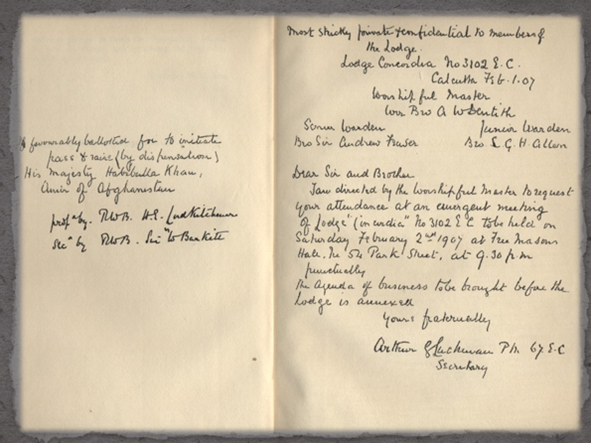
Summons for the meeting for Induction of Emir Habibullah Khan of Afghanistan into Masonry on 2nd Feb 1907.
Post-independence of India the Grand Lodge of India was consecrated in November 1961.Notable Indian Freemasons include Swami Vivekananda, Dr. B. R. Ambedkar, J. R. D. Tata, Pandit Motilal Nehru and many more.
FREEMASONS’ HALL (PARK STREET)
The nearly 2-acre property stands testimony to time and history of the city and the nation. This property was acquired by W.R. Burkitt, the then Chief Justice of Calcutta High Court in the year 1903. This property originally belonged to an Armenian businessperson, J.C. Galstaun, for a sum of Rs. 1,45,000. The property was put under the Bengal Freemasons Trust Association. This lodge is known as “The Star in the East No.67” and is one the oldest surviving Freemasons’ Lodges in India.
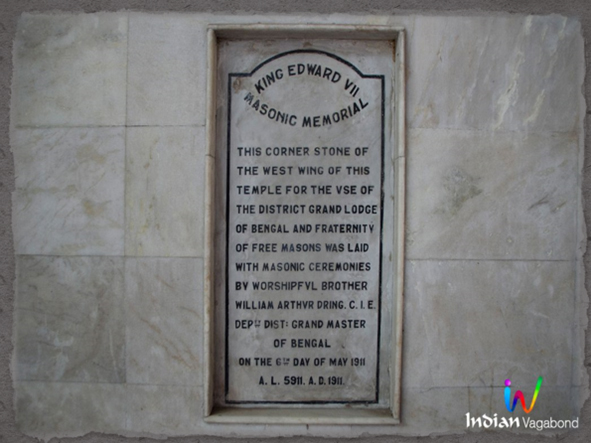
May 6th 1911 – The corner stone laid of the west wing of the Temple by W. Bro William ArthvrDring C.I.E. Deputy District Grand Master of Bengal
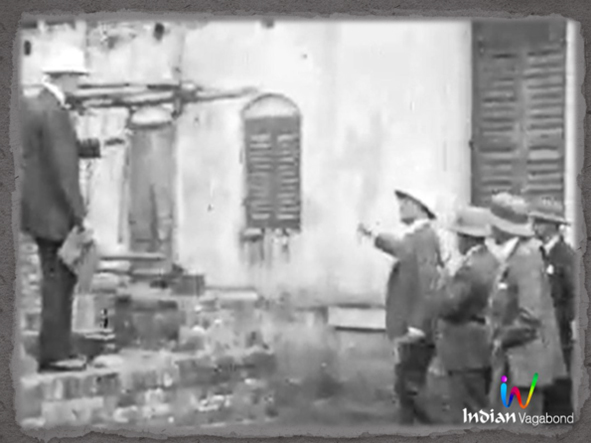
December 1927 – Members of Freemasons Inspect the Construction of the Administrative Office
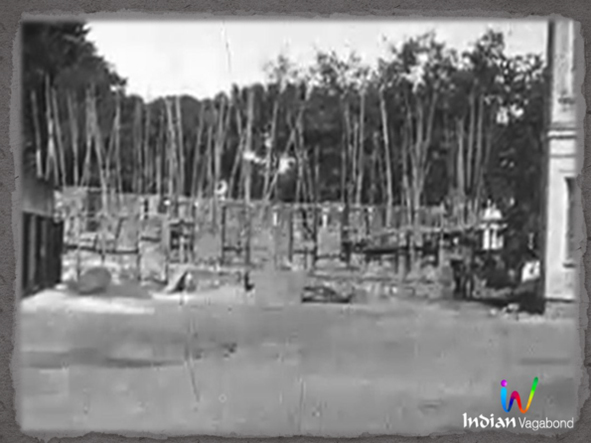
December 1927 –Construction of the Administrative Office
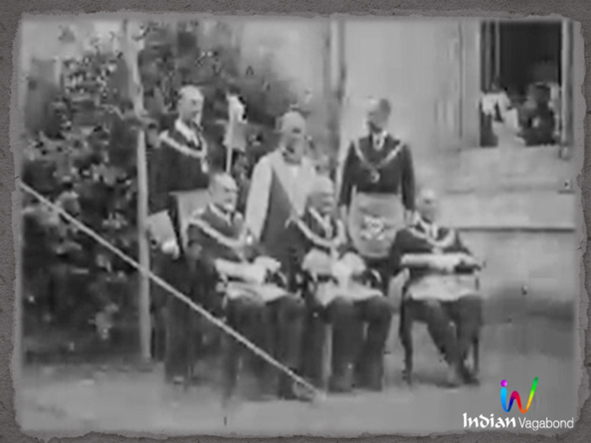
January 1928 – Group portrait of Lord Cornwallis (Grand Deputy Master), Sir John Ferguson (Past Grand Treasurer), Sir J.E. Kynaston Studd (Past Grand Deacon), Col. S. Pleydell-Bouverie (Dy. G. Director of Ceremonies) and Bishop Foss-Westcott
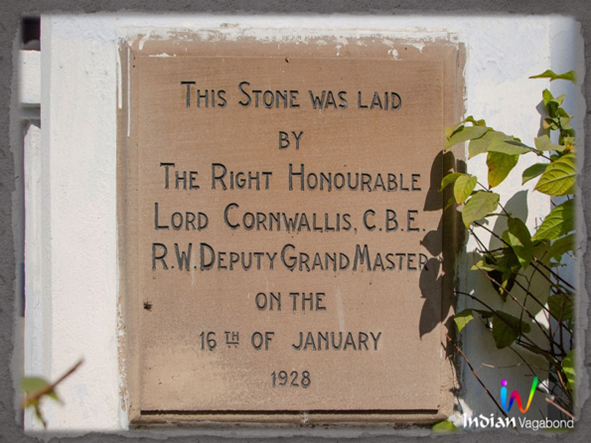
January 16th 1928 – Foundation stone laid by Lord Cornwallis, C.B.E. RW Deputy Grand Master of Bengal
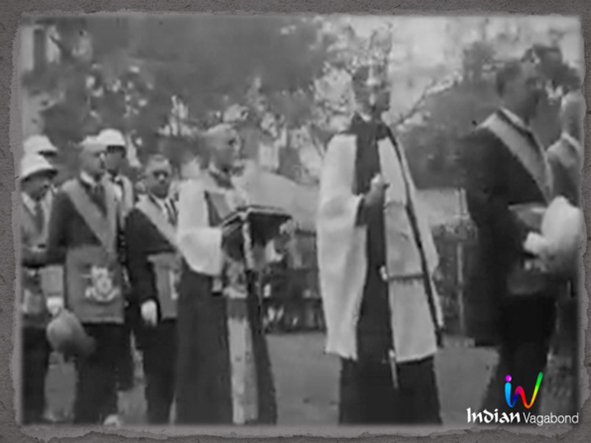
January 1928 – Masonic Procession Going to St. Johns Church
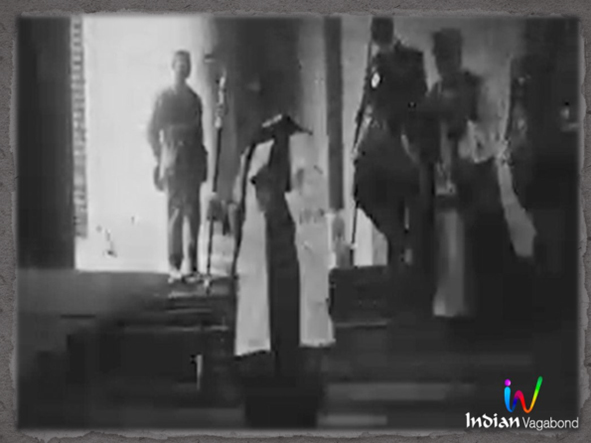
January 1928 – Masonic procession coming out of St. John’s Church.
********************************
EDITOR: Amit Dutt
Mobile: +91 98312 23230, E-mail : a_k_dutt_06@yahoo.com
DISTRICT GRAND SECRETARY: Gyanendra Narain Singh
Mobile: +919230613338, 9903033599, E-mail : dgsofbengalfm@gmail.com
Freemasons’ Hall, 19, Park Street, Kolkata – 700 016, West Bengal, India.